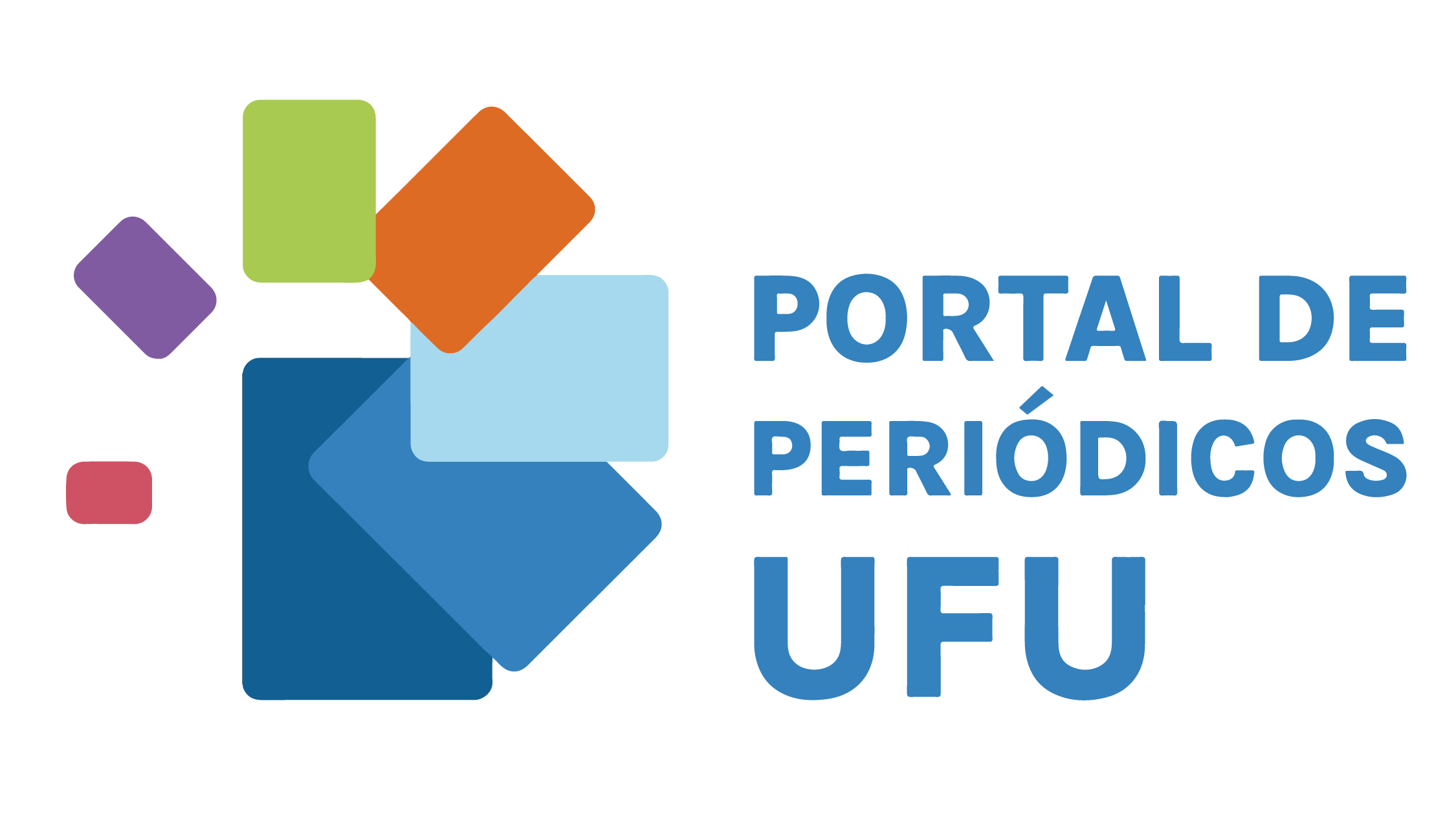Food sovereignty that awakens and deepens the knowledge of the rights for the land, authentic food and gender equality
DOI:
https://doi.org/10.14393/REE-2020-54371Keywords:
Food sovereignty, Food and nutrition security, UFP, AgroecologyAbstract
Food Sovereignty is understood as the right of peoples to define their policies related to food systems (production, distribution, marketing, access, consumption, and biological exploitation), as well as to protect and regulate it from the perspective of sustainability. In this sense, the production of agroecological foods in synergy with nature enables the rescue of practices on what to produce and what to eat. The scenario that was designed was the rescue of production-consumption practices of Unconventional Food Plants (UFP) as a central point of problematization. In this experience report, we reflect on food sovereignty in different dimensions. Thus, topics such as women's participation in daily food, UFP as drivers of socio-biodiversity and the rescue of traditional and healthy food inspired the debate. To this end, a brief theoretical survey on the themes was carried out and a conversation circle was held. It was evident, therefore, that the topics addressed aroused great interest from the participants, especially for the possibility of achieving food sovereignty in the daily lives of their families and at the same time recognizing the need to transform social relations - for example in relation to women - and also with nature, thus promoting agroecology.
Downloads
References
BAKER H. G. Charcteristics and modes of origin of weeds. In: Baker H. G., STEBBINS, G. L. (ed.). The genetics of colonizing species. New York: Academic Press; 1965. p. 147-172. Doi: 10.1146/annurev.es.05.110174.000245.
BAKER H. G. The evolution of weeds. Annual Review of Ecology and Systematics, v. 5, p. 1-24, 1974.
BRASIL. Decreto nº 7.794, de 20 de agosto de 2012. Institui a Política Nacional de Agroecologia e Produção Orgânica. Diário Oficial da União, Brasília, DF, 20 ago. 2012.
BRASIL. Ministério da Agricultura, Pecuária e Abastecimento. Secretaria de Desenvolvimento Agropecuário e Cooperativismo. Manual de hortaliças não convencionais. Brasília: MAPA; 2010.
BRANDÃO M. et al. Novos enfoques para plantas consideradas daninhas. Informe Agropecuário, Belo Horizonte, v. 11, n. 129, p. 3-12, 1985.
DÍAZ-BETANCOURT, M. et al. Weeds as a source for human consumption: a comparison between tropical and temperate Latin America. Revista Biológica Tropical, San Jose, v. 46, n. 3, p. 329-338, set. 1999.
ESTEVE, E. V. O negócio da comida: quem controla nossa alimentação? São Paulo: Expressão Popular, 2017.
FAO. El estado mundial de la agricultura y la alimentación. Roma: FAO, 2009. Disponível em: http://www.fao.org/3/i0680s/i0680s.pdf. Acesso em: 15 jan. 2020.
FERMENT, G.; ZANONI, M.; NODARI, R. O. Estudo de caso: sojas convencionais e transgénicas no planalto de Rio Grande do Sul. Brasil: Ministério do Desenvolvimento Agrário, 2010.
GIORDANI, R.; BEZERRA, I.; ANJOS, M. Semeando agroecologia e colhendo nutrição: rumo ao bem e bom comer. In: IPEA. A política nacional de agroecologia e produção orgânica no Brasil: uma trajetória de luta pelo desenvolvimento rural sustentável. Brasília: IPEA, 2017. p. 433-454.
KINUPP, V. F. Plantas alimentícias não convencionais da Região Metropolitana de Porto Alegre, RS. 2007. 590 f. Tese (Doutorado em Fitotecnia) – Faculdade de Agronomia, Universidade Federal do Rio Grande do Sul, 2007.
KUNKEL, G. Plants for human consumption: an annotated checklist of the edible phanerogams and ferns. Koenigstein: Koeltz Scientific Books, 1984.
LADIO, A. Malezas exóticas comestibles y medicinales utilizadas em poblaciones del noroeste patagônico: aspectos etnobotánicos y ecológicos. Boletín Latinoamericano y del Caribe de Plantas Medicinales y Aromáticas, v. 4, n. 4, p. 75-80, julio 2005.
MARIN. J. O. B. Agricultores familiares e os desafios da transição agroecológica. Revista UFG, Goiânia, Ano XI, n. 7, p. 38-45, dez. 2009.
MEGADIVERSIDADE. Disponível em: http://www.conservation.org/global/brasil/publicacoes/Documents/Megadiversidade_desafios_cientificos.pdf. Acesso em: 20 jan. 2020.
MIRANDA, M. R. M. et al. O potencial da Ora-pro-nóbis na diversificação da produção agrícola. Revista Brasileira de Agroecologia, Curitiba, v. 4, n. 2, p. 3.350-3.354, 2009.
PARYLAK, D. Uptake of nutrients by weeds and winter triticale at different development stages. Rolniczej W. Szczecinie Rolnictwo, v. 58, p. 185-188, 1994.
QASEN, J. R. Nutrient accumulation by weeds and their associated vegetable crops. Journal of Horticultural Science and Biotechnology, v. 67, p. 189-195, 1992. Doi: 10.1080/00221589.1992.11516236.
QUEIROZ, C. R. A. A. et al. Ora-pro-nóbis em uso alimentar humano: percepção sensorial. Revista Verde, Pombal, v. 10, n. 3, p. 1-5, 2015. Doi: 10.18378/rvads.v10i3.3393.
RAPOPORT, E. H.; MARGUTTI, L. S.; SANZ, E. H. Plantas silvestres comestibles de la Patagonia Andina: Exóticas. v. I. Bariloche. Ediciones de Imaginaria, 1997.
RAPOPORT E. H.; SANZ, E. H.; LADIO, A. H. Plantas Silvestres comestibles de la Patagonia Argentino-Chilena: Exóticas. v. II. Bariloche. Ediciones de Imaginaria, 2001.
REZENDE, S. A. Diálogo de saberes no encontro de culturas: o desafio da construção do conhecimento em agroecologia na educação do campo. 2018. Dissertação (Mestrado em Educação) – Faculdade de Educação, Universidade Federal do Paraná, Curitiba, 2018.
STOPPELLI, I. M. B. S.; MAGALHAES C. P. Saúde e segurança alimentar: a questão dos agrotóxicos. Ciência & Saúde Coletiva, Rio de Janeiro, v. 10, suppl. 0, set./dez. 2005. Doi: 10.1590/S1413-81232005000500012.
TARDIN, J. M. Diálogo de saberes no encontro de culturas: sistematização. Lapa, 2006 [mimeo].
VIA CAMPESINA INTERNACIONAL. Declaración final del Foro Mundial Sobre Soberanía Alimentaria. 2001. Disponível em: http://www.movimientos.org/cloc/show_text.php3?key=1178. Acesso em: 20 jan. 2020.
Downloads
Published
How to Cite
Issue
Section
License
Ao publicarem nesta revista, os autores concordam em manter os direitos autorais e concedem à revista o direito de primeira publicação, com o trabalho simultaneamente licenciado sob a licença Creative Commons Atribuição-NãoComercial-SemDerivações 4.0 Internacional.




